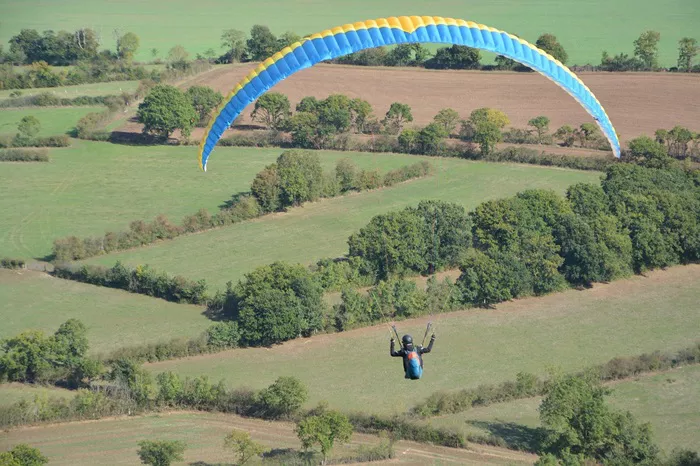Paragliding is an exhilarating sport that combines the thrill of flight with the beauty of soaring through the sky. However, like any adventure sport, it comes with inherent risks. Understanding how paragliding accidents happen is crucial for both beginners and experienced pilots alike to enhance safety measures and prevent mishaps.
Factors Contributing to Paragliding Accidents
Paragliding accidents can occur due to a variety of factors, often stemming from pilot error, environmental conditions, or equipment failure. Each factor plays a significant role in the safety and outcome of a flight.
Pilot Error
Pilot error is a leading cause of paragliding accidents. Errors can range from poor decision-making to technical mistakes during flight operations. Common pilot errors include:
Poor Judgment: Misjudging weather conditions, flying in unsuitable wind or thermal conditions.
Skill Deficiencies: Inadequate training or experience in handling emergency situations.
Overconfidence: Taking unnecessary risks or pushing limits beyond personal capabilities.
Environmental Conditions
Environmental factors heavily influence the safety of paragliding flights. Understanding these conditions and their potential hazards is essential for safe flying:
Weather: Sudden changes in weather patterns, unexpected wind gusts, or thunderstorms.
Terrain: Flying near hazardous terrain such as cliffs, mountains, or densely wooded areas.
Thermals and Air Currents: Mismanagement of thermals or encountering turbulent air currents.
Equipment Failure
Faulty or malfunctioning equipment can significantly increase the risk of accidents during paragliding:
Paraglider Malfunction: Canopies collapsing, lines tangling, or harness issues.
Reserve Parachute Failure: Improper deployment or malfunction of the reserve parachute.
Equipment Maintenance: Neglecting regular maintenance and checks of gear.
Case Studies and Analysis
Examining real-life incidents provides valuable insights into the causes and consequences of paragliding accidents:
Case Study 1: Analysis of an accident caused by pilot error in judgment during adverse weather conditions.
Case Study 2: Equipment failure due to improper maintenance leading to an emergency landing.
Case Study 3: Environmental factors contributing to an accident near challenging terrain.
see also: Paragliding Vs Skydiving: Which Is More Safer?
Preventive Measures and Safety Tips
To mitigate the risks associated with paragliding, pilots can adopt several proactive measures:
Comprehensive Training: Enroll in certified paragliding courses and regularly update skills.
Weather Awareness: Always check weather forecasts and monitor conditions before and during flights.
Equipment Check: Conduct thorough pre-flight checks of all gear, including reserve parachutes.
Risk Assessment: Evaluate personal capabilities and limitations, avoiding unnecessary risks.
Emergency Preparedness: Familiarize with emergency procedures and practice response drills.
Continuous Learning: Stay informed about new safety protocols and advancements in equipment.
Conclusion
Paragliding accidents, while rare when proper precautions are taken, underscore the importance of safety awareness and preparedness. By understanding the common causes of accidents and implementing preventive strategies, both new and seasoned paragliding enthusiasts can enjoy the sport safely and responsibly.
Final Thoughts
As paragliding continues to evolve with new technologies and safety standards, the community’s commitment to safety remains paramount. Through education, awareness, and a shared dedication to best practices, we can minimize risks and promote the joy of flying in the open skies.
related topics:
- What Is The Risk Of Paragliding?
- Paragliding Vs. Hang Gliding: What Is The Difference?
- Paragliding Vs. Hang Gliding: Which Is Easier?

